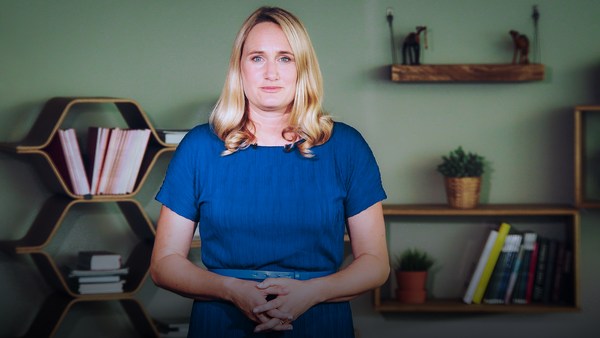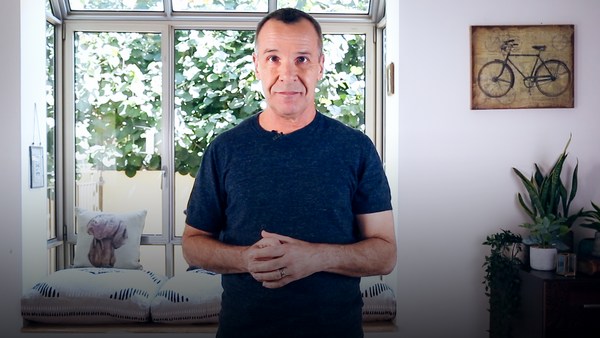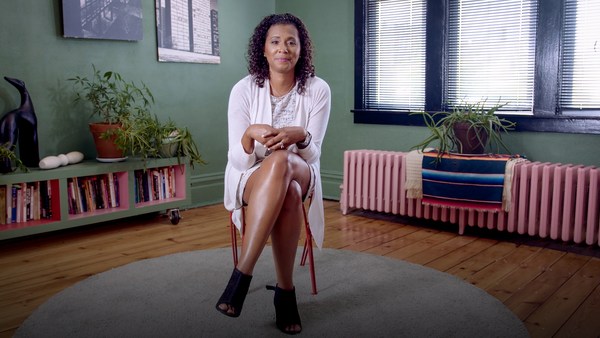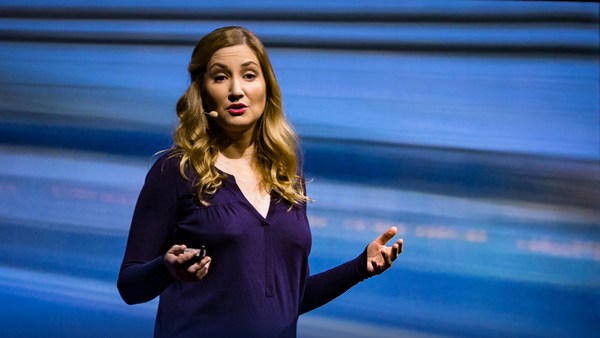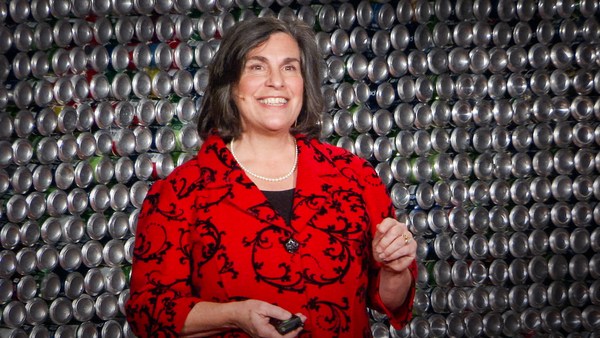We've always thought of mentoring as the older generation passing down wisdom to the young, but there's a huge benefit to flipping that around and allowing the novice to teach the master.
[The Way We Work]
[Made possible with the support of Dropbox]
The workforce currently consists of up to five generations and it's becoming more diverse across all spectrums of underrepresented groups. But that change is not arriving nearly as fast in C-suites and in boardrooms. Which means there's a growing gap between leaders and their people in regards to their perspectives and experiences.
Our organizations can fall right through that gap into the trap of stale thinking, blind spots and having policies that could alienate these underrepresented groups, not only in regards to age, race or gender, but all different kinds of viewpoints.
Reverse mentoring could be an antidote to that tunnel vision. But making reverse mentoring work, isn't as simple as finding a mentor and pressing go. You have to be genuinely curious about learning from that individual. And you have to be intentional about the relationship in order to make it valuable.
I know this because I was asked just a year into my career at Virgin Atlantic to be the first ever reverse mentor to mentor CEO Craig Kreeger. I'd met Craig a few times and presented to him in meetings, but this, it was a whole different ball game. Craig had revealed that he had no black women in his inner circle and he was keen to understand my perspective on how to build a more inclusive culture at Virgin Atlantic. No pressure. Here's what I learned about how to make reverse mentoring work.
Lesson one, make your match thoughtfully. Find someone who has a pulse on the key spokespeople in the organization to help you make your match. This doesn't have to be someone in human resources, just someone who knows you and your teams well, because chemistry really matters. The VP of people experience chose me because I was open to sharing my ideas and also my enthusiasm for leadership development.
Also make sure that your mentor isn't a direct report or part of your team, because it will be really difficult to elicit honest feedback from someone who you also have to review at the end of the year. If you're in finance, find someone creative in marketing, or if you're in engineering, find someone in customer service. This will ensure that you develop perspectives from outside of your immediate team and different perspectives make better leaders.
Lesson two, to make things simple, set some ground rules. The first meeting should be offsite in a neutral location. If you're the mentee, you should set the agenda. What is it that you really want to learn? Maybe you'd like to understand your mentor's career journey or perhaps whether they've had any major obstacles they've had to overcome, or maybe you'd like to understand how specific company policies impact them either directly or indirectly.
Agree that your conversations together will be confidential and whether there are any topics which are off limits, such as family life or specific feedback on individuals.
Lesson three, start with an icebreaker. I like to think of this as a long elevator pitch of your life stories. Who are you? Poignant moments in your life. What are your hopes and dreams? Pivot to seek differences and not similarities because that's the real power of reverse mentoring. Craig and I found that we had formative experiences in common. Both of us immigrants, him a second generation growing up in the US and myself first generation arriving in the UK from Jamaica at the age of three. But from there, our stories are quite different.
Lesson four, beware of role reversion. There were a few times in our conversation where Craig slipped into giving me career advice. And I had to say, "Craig this is really interesting and I'd love to come back to this later, but in our limited time together, is there anything else you'd like to understand from me?" Now this was quite hard, but you have to remember that as a mentor for this very short period of time, your insights are actually more valuable to the organization.
Lesson five, make time for reflection. Agree the key takeaways from each of the sessions, either at the end or through follow-up email and schedule your sessions to allow time between for reflection. We found that three to four weeks provided a great rhythm.
And finally, give credit where credit's due. In the traditional mentoring relationship the mentor isn't expected to be given credit. However, in reverse mentoring where the mentee actually holds a lot of the power accurate credit really counts.
Forward-thinking organizations use reverse mentoring as one of the tools to help them build a more inclusive environment. And studies have shown that when organizations embrace reverse mentoring members of those underrepresented groups feel more confident in sharing their perspectives. And when accompanied by a comprehensive diversity and inclusion strategy, it leads to higher retention amongst these groups.
Personally, I found that my reverse mentoring relationship with Craig enabled me to have a sense of ownership and leadership in building an inclusive culture at Virgin. And for Craig, it showed that even when you're at the pinnacle of your career, there's still more you can learn.
